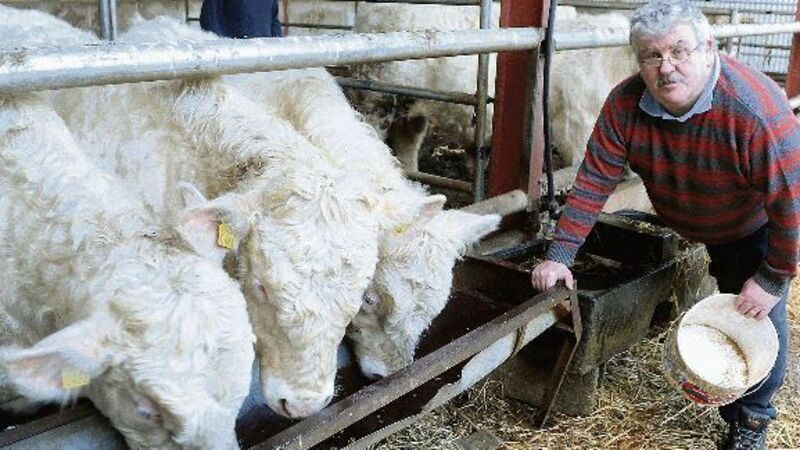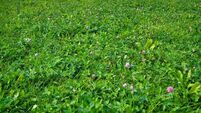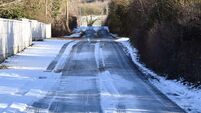For disinfection, get fresh air into your cattle buildings

Jamie told us that one of the best disinfectants available to the farming community is free.
It is known by the name “fresh air”, and in general, when we look at calf houses, we find that this valuable commodity is shut out, and not available to the animals living inside.
Jamie revealed research information showing how quickly viruses and bacteria disappear in the open air, compared to an enclosed environment.
Fresh air helps in removing heat, moisture, dust and gases from buildings, as well as viruses and bacteria.
Getting fresh air inside a house requires constant changes of air.
This is governed by the amount of ventilation in the house. We need ventilation inlets and outlets.
The design of the house depends on the type of animal that is going to be living in it.
Calves do not produce a lot of heat, whereas older animals, especially cows and big cattle, generate massive heat.
This dictates the shape of the roof, the amount of opening we have for outlets, and consequently the amount of inlet required.
The inlets have to be at least twice the outlet, in order to create a flow of air, and up to four times is desirable.
Jamie says the target for most cattle buildings is that we have maximum ventilation on a still day, while still not exposing the animals to elevated wind speed on a windy day.
The one thing we don’t want is a draught. This decimates the performance of our animals.
A tough proposition, you might say.
The three most important things in the design of any animal building are fresh air, air speed and moisture.
Moisture is produced most obviously in the form of urine, but we must also think of faeces, sweat and the breath of the animal.
A 650 Kg Holstein produces 10 litres of moisture per day through its breath alone. This is frightening, if we cannot get rid of this moisture. Excess moisture increases the risk of infection, and increases the need for bedding. Having to provide extra bedding can be a costly burden.
Dampness also makes a building feel a lot colder.
When I go into a lot of farm yards, I see buildings put up over a number of generations. Some have been adapted for use and more are purpose-built.
Some might be perfect constructions, but over time, with the addition of other buildings nearby, what was originally a perfectly ventilated building has now become a badly ventilated building.
Air flow has been impeded by a bigger building next to it, or maybe by the addition of a silage pit.
In the present climate, where herds have been expanding, and are probably likely to expand more, farm buildings are coming under more and more pressure.
Some are being asked to house more animals than there is bed space. This is bad enough on its own, but we are also creating an imbalance in ventilation needs, and extraction of moisture produced.
All of this adds up to potential for disease spread.
Our focus should be on a healthier herd. I know some farmers are presently considering putting up calf houses.
I would urge that you not be drawn in to building a multi -purpose house. Get the proper advice for a calf house, and leave it at that.
At the end of the day, it will reward you with a healthier, high producing herd.









